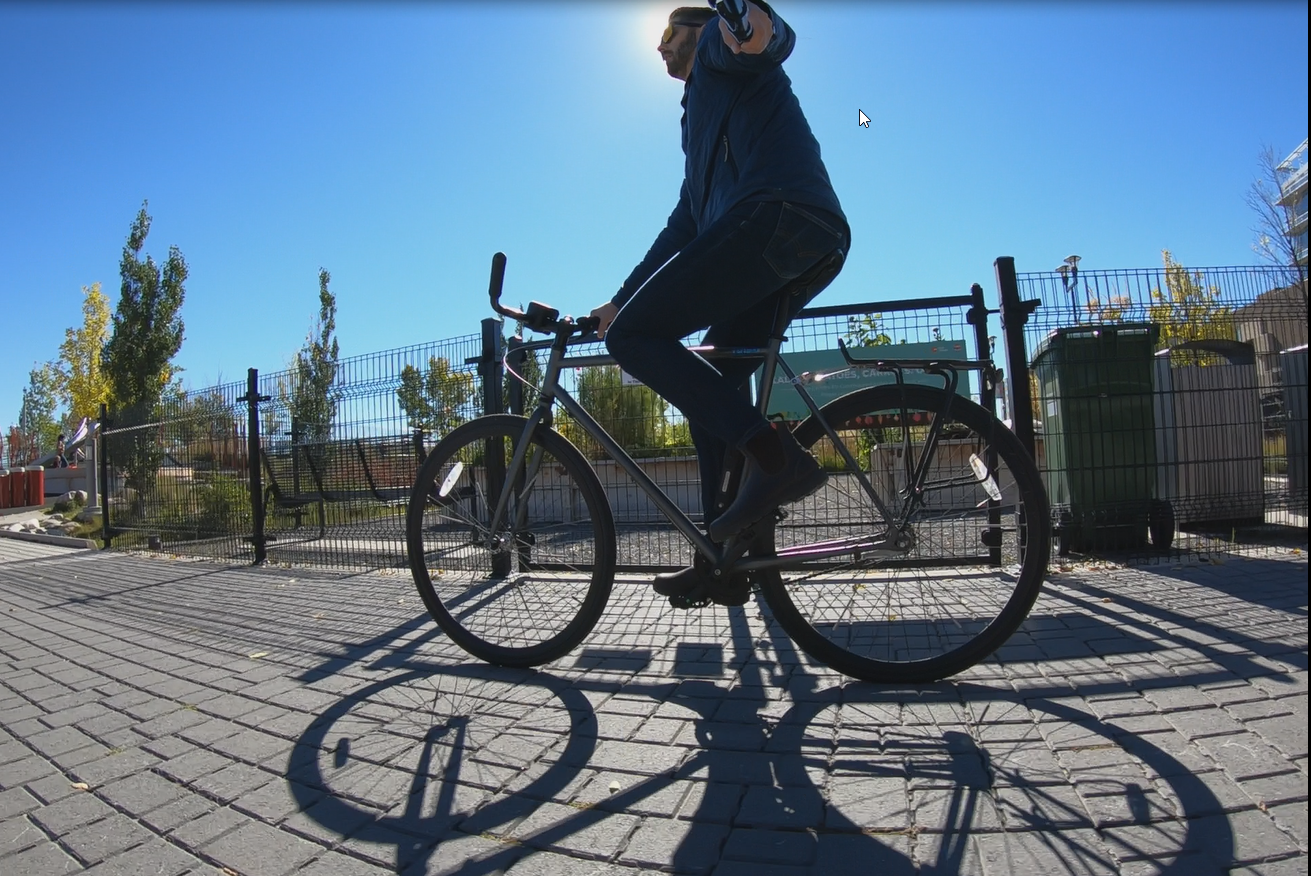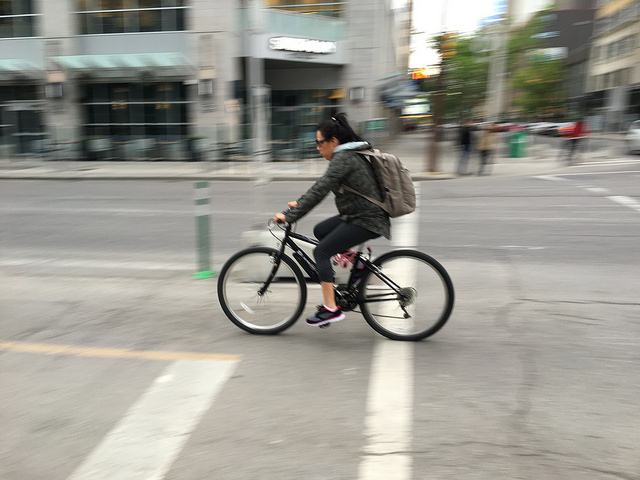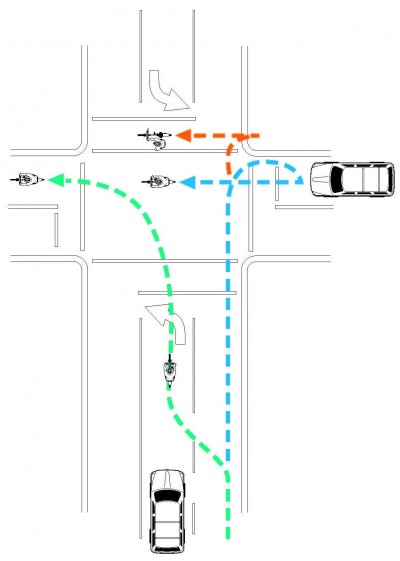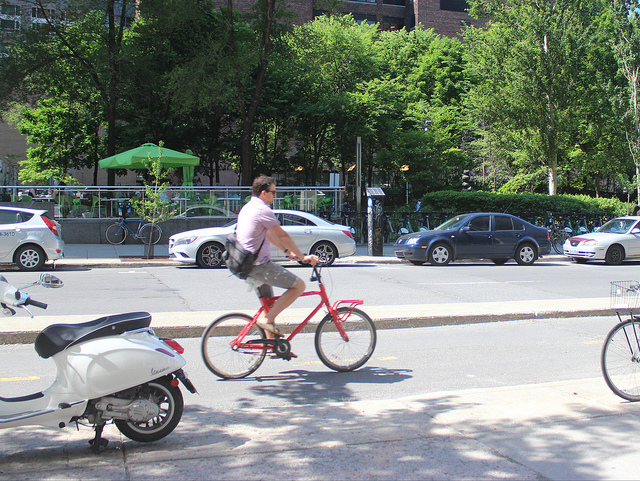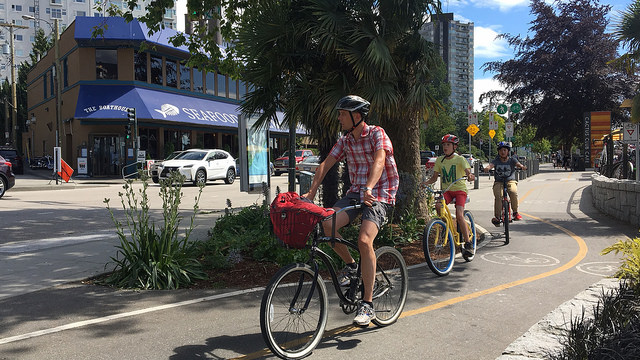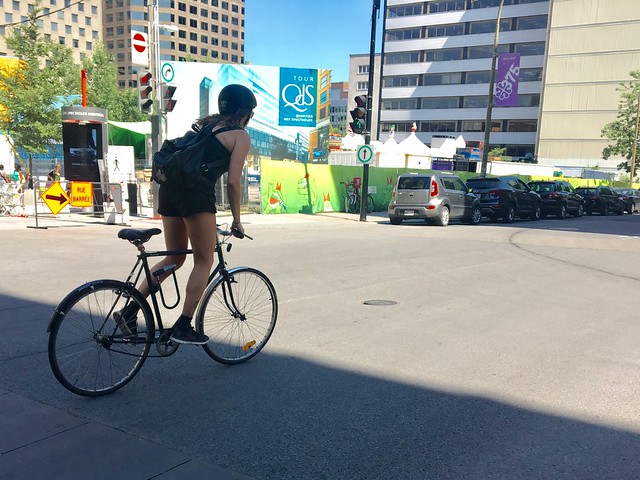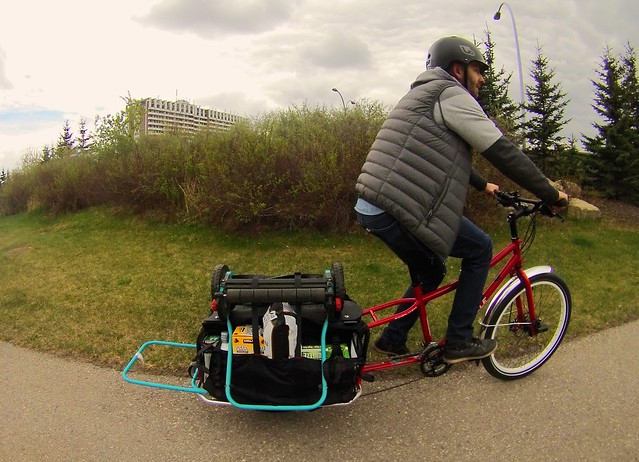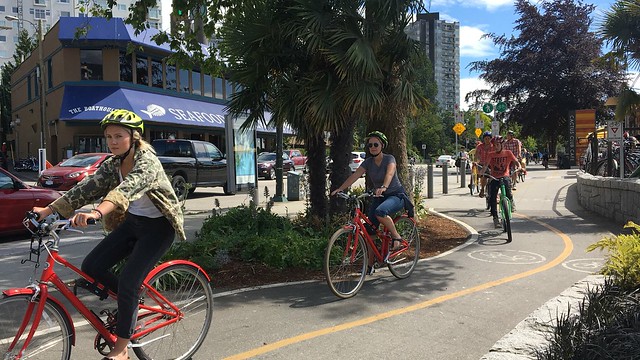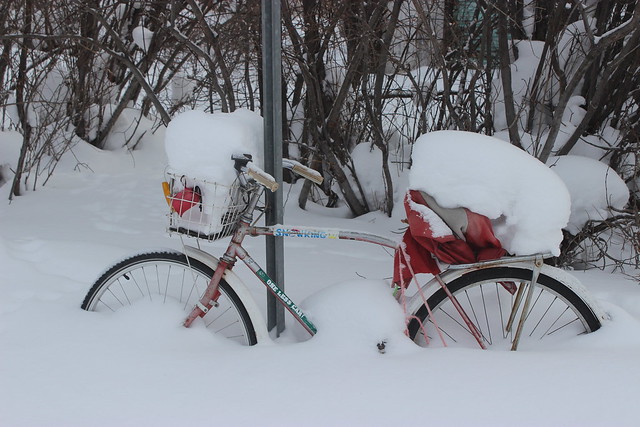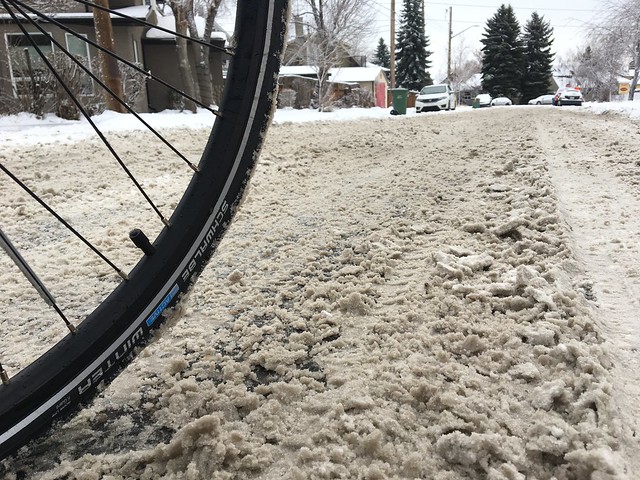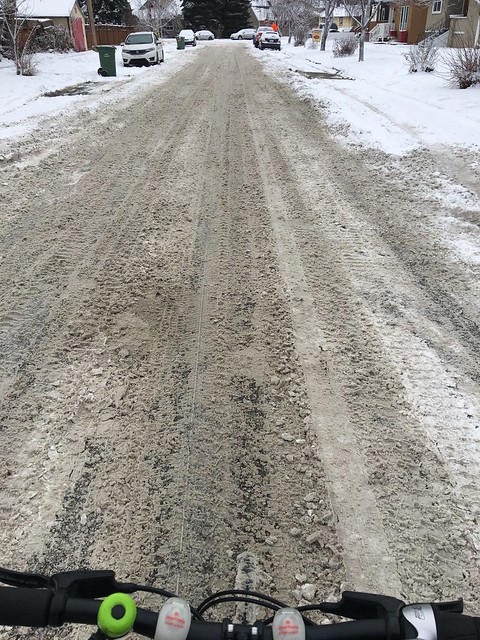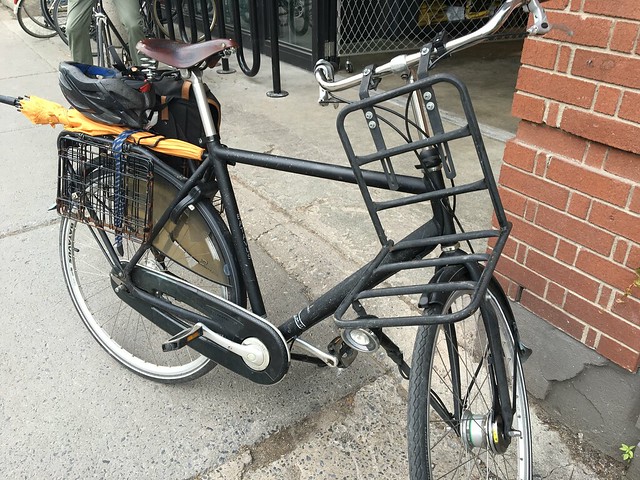
Anyone who rides a bike on a regular basis knows that good storage is essential. From your keys and a pump to a puncture repair kit, there are numerous different bits and pieces you need out on the road.
On top of that, there may be times when you have shopping to carry, need a change of clothes, and more. Rather than hanging bags from your handlebars or overloading your pockets, there are more practical, convenient options out there on the market.
Let’s look at five of the best.
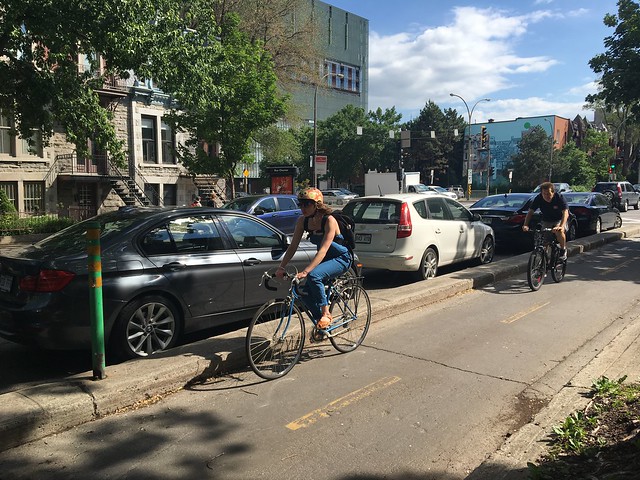
Backpacks
While the prospect of carrying a large, standard backpack just for your tire pump, wallet, and keys might seem like an unnecessary burden, there are more streamlined ones designed exclusively for cyclists. Small- to medium-sized packs are ideal for lightweight storage, and ensure you don’t need to put anything on the bike itself.
The best cycling backpacks usually feature a bladder for hands-free drinking, zip pockets for your valuables, and padded straps. Be sure to go for a design that suits your individual needs: if you commute to work and change clothes when you arrive, you’ll need a larger backpack. On the other hand, if you carry just a few things while mountain biking, go for the smallest size you can find.
Another benefit of backpacks is that you can keep them with you when you dismount easily.
Handlebar Bags
A handlebar bag can be your best pal while riding. A model with a quick-release function makes for a no-fuss solution, with no need to dismount for access.
These are perfect for carrying snacks, drinks, your wallet / purse, keys, repair kit, or a camera; if you’re planning to stop for a break, you should have room for a book or tablet, too. The best handlebar bags can also be carried over your shoulder, for when you leave your bike.
Handlebar bags work brilliantly for endurance cyclists, mountain bikers, and commuters alike.
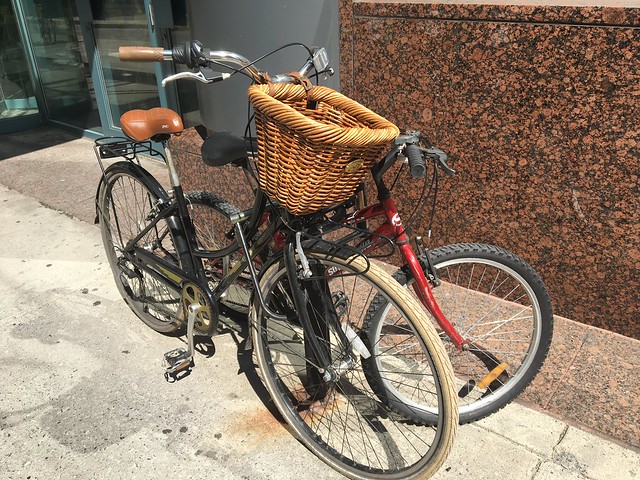
Baskets
The basket may not be for everybody, nor does it suit bikes for every application; if you have drop handlebars, you might even be unable to attach one in the first place. If you’re a dedicated mountain biker, of course, you’ll probably be unable to fit a basket onto your handlebars, not will it actually withstand the rigors of such vigorous riding.
If, however, you’re a commuter or just love to take leisurely rides, a basket is a fantastic storage solution.
Wicker baskets are common, with a rustic charm suited to quirky or colorful frames; metallic and wire mesh models are also extremely popular. These offer a high level of protection to the goods being carried, and while canvas baskets are foldable for easy storage, they offer little in the way of resilience.
Bicycle baskets may be attached to the handlebars, the frame’s front, or the rear, and carry numerous items without affecting your balance (provided you don’t overload it).

Saddle Bags
Saddle bags are a neat, simple storage option. These are available in a massive selection of styles, sizes, and colors, to suit different needs.
For just the essentials – phone, keys, cash, repair kit – a smaller saddle bag will fit under your seat beautifully, out of the way. Larger bags are available though, and keep clothes, food, and drinks safe from the elements.
Some saddle bags also feature built-in LED lights, to help you stay visible and safe on nocturnal rides. You may prefer to buy a saddle bag with a Velcro strap, for easy attachment and detachment.
Panniers
Panniers are bags made to strap or clip to your bike’s front or back. These tend to carry more than baskets and saddle bags, and keep your body unrestricted; they’re also available in different sizes.
You should look for panniers featuring quick-release clips which are also secure, so you have no worries about them coming off while you’re pedaling away nor having to struggle to remove them.
Invest in panniers that are weatherproof, and that leave plenty of room for your heels (if attaching to the rear).
Each of these solutions helps you to bring everything you need with you while biking, be that spare clothes, bottled water, work docs, laptops, repair kits, food, or anything else. Have you thought about how these could make your biking life easier?
This post is sponsored by ofo, the bike-sharing company.
